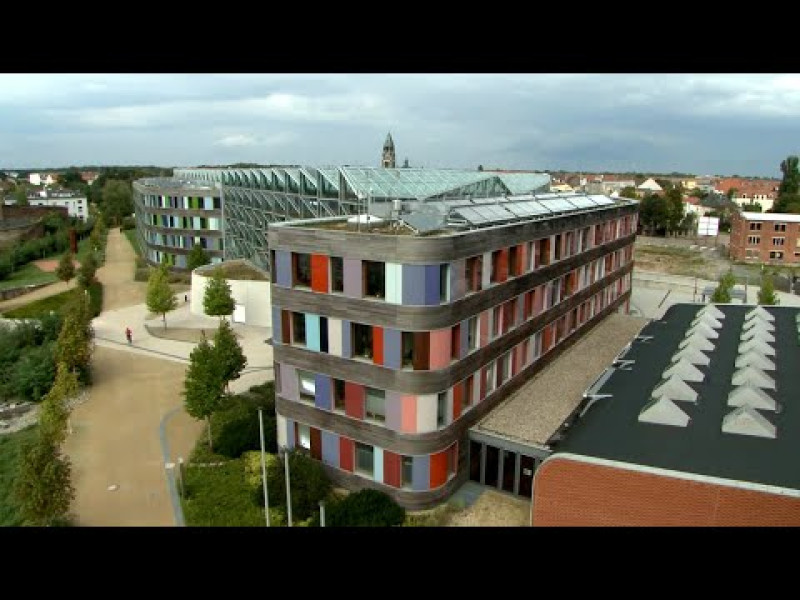Compared to other watercourses in Germany, those of the southern Alpine foothills have a large proportion of river segments which demonstrate good ecological status. On a national scale, only about 10 per cent achieve this quality target of the Water Framework Directive, whereas 57 per cent of the watercourses of the southern Alpine foothills do. Another 35 per cent of the courses of this water body type have ‘moderate’ ecological status and are thus close to achieving the objective. The remaining 8 per cent have unsatisfactory ecological status and are obviously further away from reaching the aim. However, neither the best nor the worst status ('high' and 'bad') is present anywhere.
The overall good condition of this water type is also proven by its good chemical status and relatively low nutrient loads as compared to other waters. Nevertheless, the waters of the southern Alpine foothills are exposed to a range of pollution: in past centuries they have been used for the production of energy, as settlement areas, for agricultural and forestry purposes, and flood control systems have been erected along them. The main reason that the watercourses fail to achieve good ecological status is because of a lack of diverse habitats and free passage for aquatic fauna. The habitats in and around the water body must be improved to tangibly raise the quality of the water body. Measures include dismantling bank reinforcements and promoting gravel spawning beds or restoring passability at dams and hyroelectric power plants.
The streams and rivers of the southern Alpine footshills make up about 2,400 kilometres, or some 1.9 per cent, of the total 127,000 km of Germany's watercourses. This type of water body is typical of the Alpine foothills formed during the last ice age and its large, well-known lakes such as Lake Constance, Lake Starnberg, Lake Ammer or Chiemsee. Some examples of this type of water body are the tributaries of Lake Ammer, many streams and small rivers around cities like Kempten and Rosenheim such as the Attel or the lower reaches of the Loisach, and the Argen and Schussen tributaries to Lake Constance. Typical features are stretches of V-shaped valleys common to low-range mountains where the current is fast between rocks and gravel and slower in the winding stretches in lowland areas and sandy riverbeds. The streams and rivers of the southern Alpine foothills are the natural habitat of many birds, fish and insects, including the sandpiper, the souffia and the golden-ringed dragonfly.

